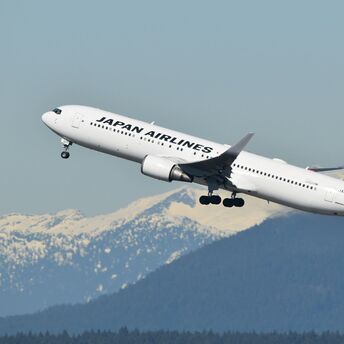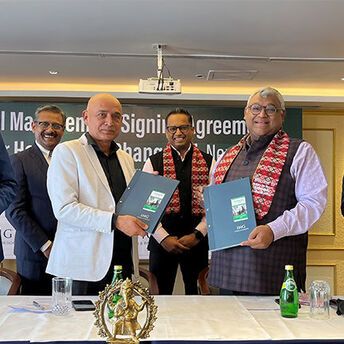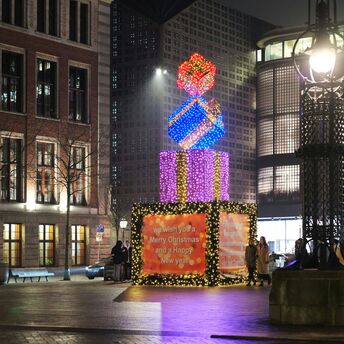Immersing in South Korea’s Traditional Culture: Customs, Celebrations, and Heritage
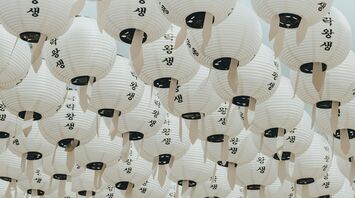
South Korea, a country known for its rapid modernization and technological innovation, simultaneously preserves its deep cultural roots. From centuries-old traditions to vibrant festivals, exploring Korea’s customs offers a window into the rich tapestry of its heritage. Travelers looking to connect with the country’s essence will find opportunities to participate in age-old rituals, learn traditional arts, and celebrate alongside locals in festivals that bring history to life.
Traditional Hanbok: The Symbol of Korean Heritage
One of the most iconic representations of Korean culture is the hanbok, a traditional garment characterized by its vibrant colors and flowing lines. Worn during special occasions such as weddings, holidays, and celebrations, the hanbok reflects the elegance and harmony central to Korean aesthetics.

Visitors can experience the charm of wearing hanbok at cultural sites like Gyeongbokgung Palace in Seoul, where rental services allow travelers to don the attire while exploring the grounds of this historic royal residence. Wearing hanbok not only deepens the cultural experience but also connects travelers to Korea’s past, offering a sense of timelessness as they wander the palace’s courtyards.
Tea Ceremonies: The Art of Mindful Hospitality
Tea culture in Korea extends beyond the mere act of drinking—it’s a meditative practice symbolizing respect and harmony. Traditional Korean tea ceremonies emphasize simplicity and balance, incorporating natural elements into the preparation and presentation.

Participating in a darye (Korean tea ceremony) offers insight into the values of hospitality and mindfulness. Tea houses in cities like Seoul and Jeonju provide guided sessions, allowing visitors to learn the delicate steps of brewing and serving tea while appreciating the calm atmosphere that defines this ritual. Often accompanied by traditional Korean sweets, these ceremonies provide a peaceful interlude in a fast-paced itinerary.
Festivals and Celebrations: A Glimpse into Korea’s Seasonal Rhythms
Korea’s festivals are vibrant expressions of its cultural identity, blending ancient customs with modern joy. One of the most celebrated holidays is Chuseok, often called the Korean Thanksgiving. This harvest festival brings families together to honor ancestors, share traditional dishes, and express gratitude for the year’s bounty. Travelers visiting during Chuseok can observe ancestral rites (charye) and taste festive foods like songpyeon, a sweet rice cake filled with sesame seeds or red bean paste.
Spring welcomes the Jinju Lantern Festival, a dazzling event where hundreds of lanterns illuminate the Nam River in Jinju, symbolizing wishes and remembrances. During this festival, visitors can also participate in cultural workshops, creating their own lanterns or learning Korean folk dances.

In winter, the Hwacheon Sancheoneo Ice Festival invites travelers to engage in unique traditions like ice fishing, sledding, and even barehanded fish-catching in icy waters. These festivals not only showcase Korea’s seasonal diversity but also offer hands-on opportunities for cultural immersion.
Preserving Crafts: Hanji, Pottery, and Calligraphy
Korea’s dedication to preserving traditional arts is evident in its thriving artisan community. Visitors can explore the craft of hanji, traditional Korean paper made from the bark of mulberry trees. Workshops in places like Andong and Jeonju allow participants to create hanji products, from delicate fans to intricate lanterns.
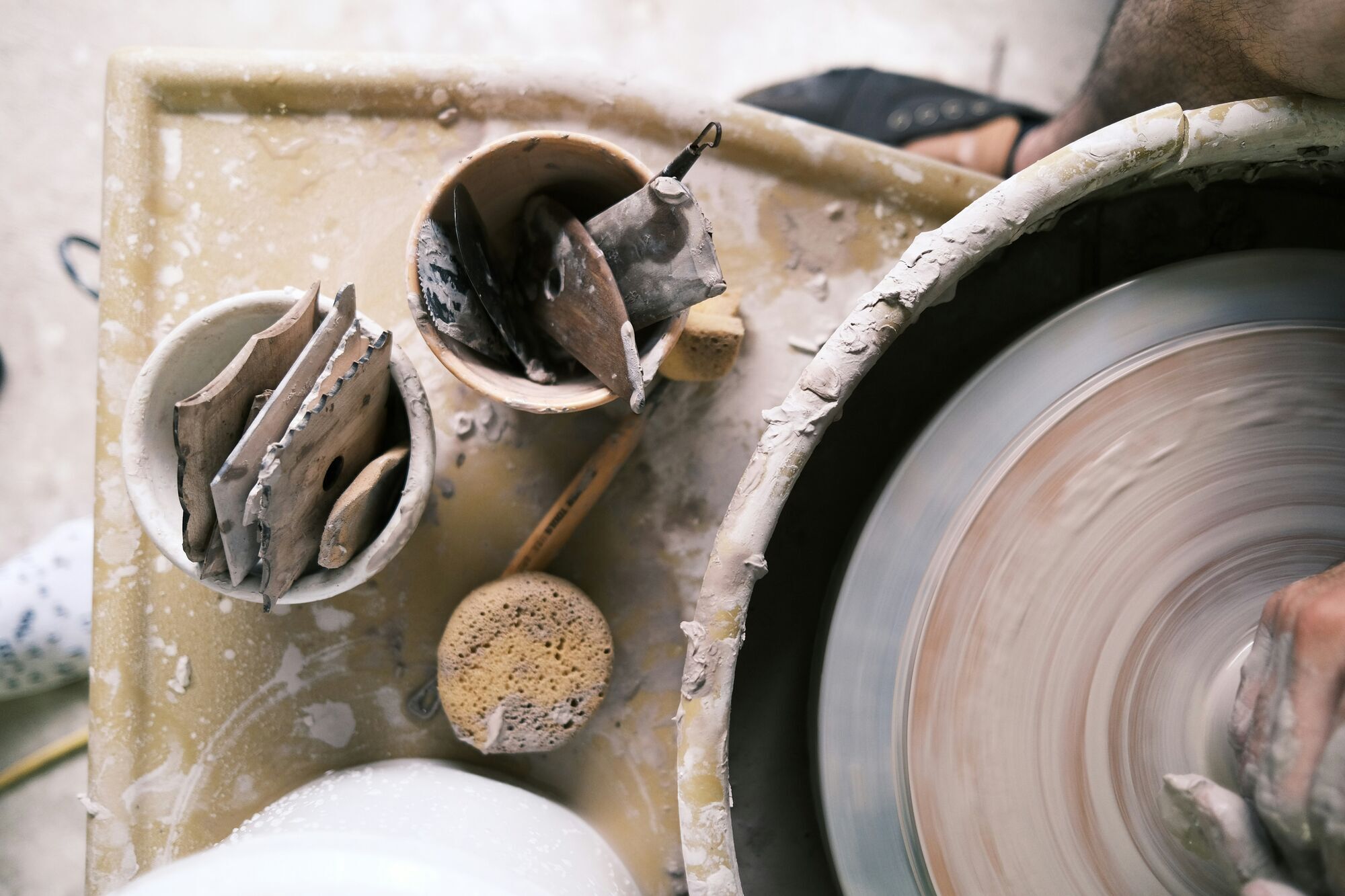
Pottery, particularly celadon and onggi (earthenware), is another cornerstone of Korean culture. Studios in cities such as Icheon welcome visitors to try their hand at shaping clay, offering a deeper appreciation for this ancient art form.
Calligraphy, or seoye, is a revered tradition blending artistry with discipline. Under the guidance of skilled instructors, travelers can practice writing Korean characters with ink and brush, learning the philosophy and patience that underpin this craft.
Temple Stays: A Spiritual Connection
For those seeking a more introspective experience, a temple stay provides an opportunity to step into the serene world of Korean Buddhism. Programs at temples like Jogyesa in Seoul or Haeinsa in the mountains invite visitors to participate in meditative practices, chanting rituals, and shared vegetarian meals. These stays are designed to foster a sense of mindfulness and allow guests to experience the quiet rhythm of monastic life.
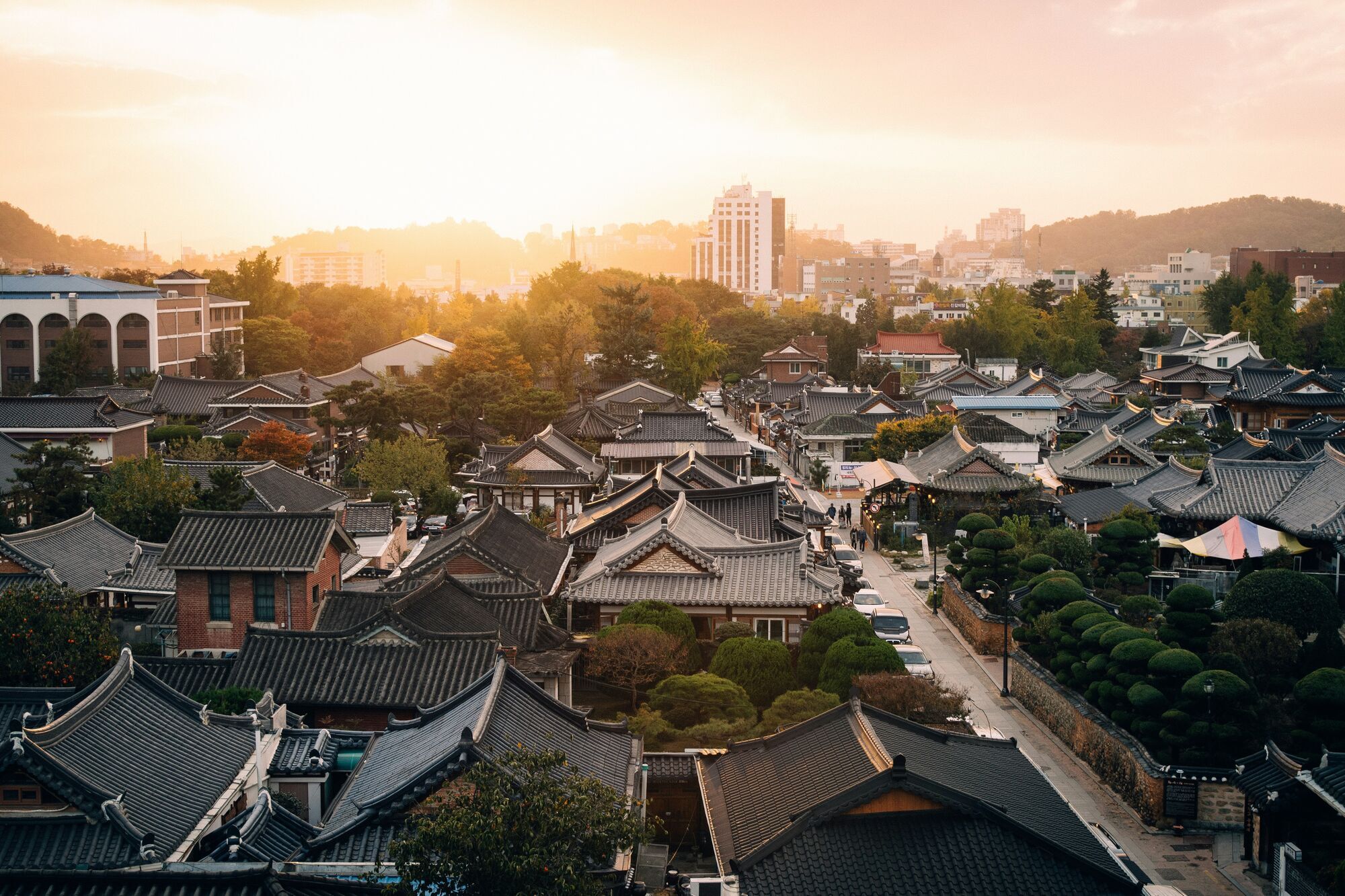
Tips for Engaging with Korean Traditions
- Plan Around Festivals: Check local calendars to align your visit with traditional festivals for an immersive experience.
- Participate Respectfully: When engaging in rituals or wearing hanbok, follow guidelines and be mindful of cultural sensitivities.
- Seek Local Guidance: Many cultural experiences, like tea ceremonies or craft workshops, are enriched when guided by knowledgeable locals or artisans.
A Journey Through Korea’s Timeless Traditions
Exploring South Korea’s traditional customs and celebrations offers a profound connection to its heritage. From the meditative art of tea ceremonies to the joyful energy of festivals, every experience reveals a layer of the country’s vibrant culture. For travelers, immersing in these practices is not just a glimpse into the past—it’s an invitation to engage with Korea’s enduring spirit in a meaningful and transformative way.





